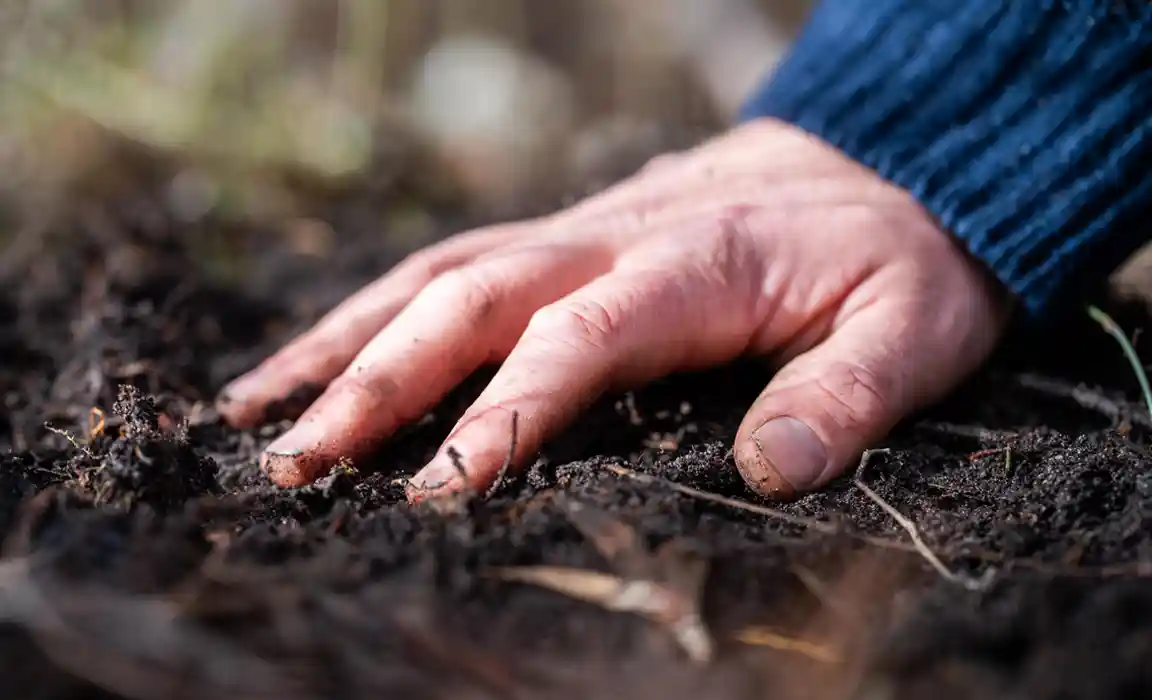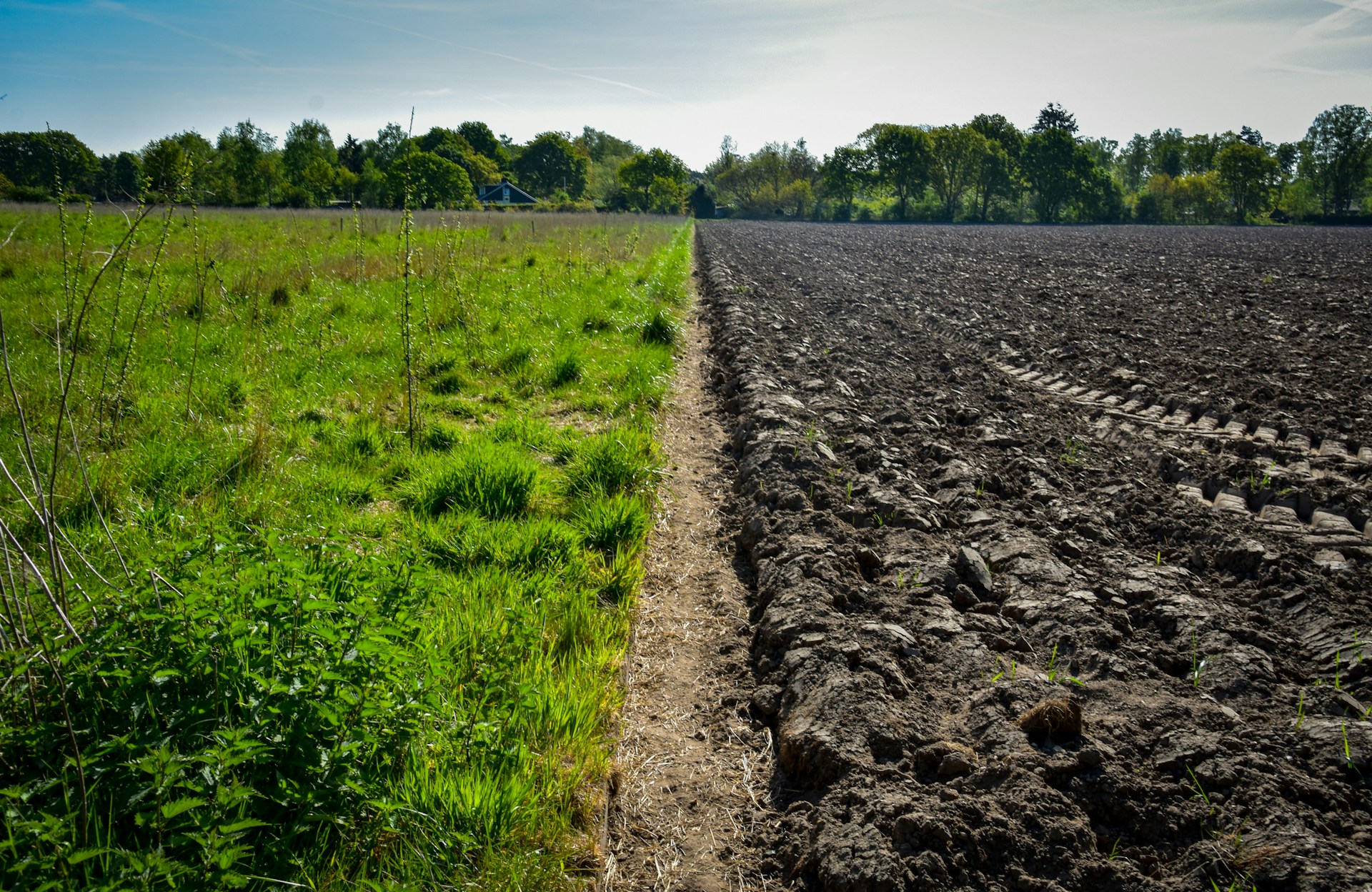The health of our plants is directly tied to the health of our soil. It’s the foundation of every garden, farm, and even the food on your table. But what happens when the soil becomes depleted, losing its ability to support healthy plant life? This post explores the signs of tired soil, the problems it causes, and, most importantly, actionable steps you can take to bring it back to life.
What is Depleted Soil?
Imagine a garden where your plants just aren’t thriving, or a farmer seeing reduced yields year after year. At the heart of the problem is depleted soil. It’s soil that has lost essential nutrients and its structural integrity, making it unable to provide plants with what they need to grow. Think of it like a body that’s been overworked and deprived of vital nourishment.
Recognizing Depleted Soil: The Warning Signs
Catching the signs of depleted soil early can save you a lot of trouble. Here are the key characteristics to watch for:
- Low Organic Matter: This is a key indicator. Organic matter, made up of decomposed plant and animal material, acts like the lifeblood of the soil. It holds water, provides air pockets for roots, and releases nutrients.
- Nutrient Deficiencies: Plants, like us, need a balanced diet. They need nitrogen (N), phosphorus (P), and potassium (K), along with micronutrients like iron, magnesium, and zinc. Depleted soil often lacks these, leading to:
- Yellowing leaves (especially older leaves – often a nitrogen deficiency)
- Stunted growth (plants staying small)
- Poor fruit or flower production
- Stunted roots
- Poor Water Retention and Drainage: Healthy soil acts like a sponge. It soaks up and releases water gradually. Depleted soil struggles:
- It may not hold enough moisture, leading to frequent watering needs and drought stress.
- It might drain too slowly, leading to waterlogging and root rot.
- Compacted Soil: Years of tilling and heavy equipment can squeeze the air out of the soil, making it tough for roots to penetrate and absorb water and nutrients.
- Erosion: Without healthy roots and organic matter, the soil becomes vulnerable to wind and water erosion. This washes away the topsoil – the richest layer – leading to further degradation.
- Reduced Biological Activity: Healthy soil is teeming with life! Earthworms, beneficial bacteria, fungi, and other microorganisms break down organic matter, recycle nutrients, and improve soil structure. Depleted soil has significantly less of this vital activity.
- Imbalanced pH: Soil pH (acidity or alkalinity) affects how plants take up nutrients. Depleted soils can be too acidic or alkaline, limiting nutrient availability.
The Problems Caused by Ignoring Soil Health:
Ignoring soil health has serious consequences, impacting everything from your harvest to the environment:
- Reduced Crop Yields: This directly impacts food production and your bottom line.
- Increased Fertilizer and Pesticide Dependence: Plants in depleted soil often need excessive amounts of fertilizers and pesticides to survive, which is costly and can harm the environment.
- Water Pollution: Excess fertilizers and pesticides can run off into waterways, contaminating drinking water and harming aquatic ecosystems.
- Increased Susceptibility to Pests and Diseases: Weakened plants in depleted soil are more vulnerable, requiring more interventions.
- Desertification: In extreme cases, depleted soil can contribute to desertification, turning fertile land into barren wasteland.
- Climate Change: Soil stores carbon. Degrading soil releases this stored carbon into the atmosphere, contributing to climate change.
Solutions: Rebuilding Your Soil’s Vitality
The good news is that you can revitalize depleted soil! Here are several practical solutions you can implement:
- Add Organic Matter: Organic matter is a crucial component of healthy soil.
-
- Compost: Start a compost pile with kitchen scraps (fruit and vegetable peels, coffee grounds), yard waste (grass clippings, leaves), and even shredded paper. Apply a 1 to 2-inch layer of compost to enrich your soil.
- Aged Manure: Source well-rotted manure from herbivores (cows, horses, chickens) and mix it into your topsoil. Aim for about 2 to 4 tons per acre, depending on your soil’s needs. Always ensure the manure is aged to eliminate pathogens and seeds.
- Cover Crops: Plant cover crops like clover, rye, or vetch during the off-season. They add organic matter when tilled back into the soil, improve soil structure, and suppress weeds.
- Practice Crop Rotation: Alternate planting crops with different nutrient needs each season. For example, plant a nitrogen-demanding crop (like corn) one year, followed by a nitrogen-fixing legume (like beans or peas) the next. This rotation naturally enhances soil fertility and breaks pest cycles.
- Use Cover Crops: During fallow periods (times when you aren’t growing a main crop), establish cover crops like buckwheat or winter rye. These plants protect the soil from erosion, suppress weeds, and, when you till them under, add valuable organic matter.
- No-Till Farming: Reduce the use of tillage tools. If possible, invest in no-till planting equipment that allows you to sow directly into undisturbed soil. This preserves soil structure, reduces erosion, and encourages the health of beneficial soil organisms.
- Amend and Enhance the Soil: The key to revitalizing depleted soil lies in understanding its specific needs. Start by conducting a soil test. You can purchase a home testing kit or send a sample to your local extension service. Tests will reveal nutrient levels, pH, and any potential contaminants.
Based on your test results, implement targeted solutions:
-
- Nutrient Replenishment: Add specific nutrients based on your soil test results. This might involve incorporating organic fertilizers like compost, aged manure, or seaweed extract.
- pH Adjustment: If your soil is too acidic, apply lime according to the recommended amounts based on the test analysis. If the soil is too alkaline, you may need to add sulfur or other amendments.
- Biochar Incorporation: Improve soil structure and fertility by adding biochar, a stable form of charcoal produced from organic materials. Mix biochar into your soil at a rate of approximately 5-15% of the total soil volume. Its porous structure enhances aeration, improves water retention, increases nutrient availability, and can sequester carbon.
- Bioremediation: Address soil contamination by introducing bioremediating plants or microbes. For example:
- Phytoremediation: Use plants known for extracting contaminants. Sunflowers are good at absorbing heavy metals.
- Microbial Bioremediation: Introduce beneficial microbes that can break down pollutants.
You might consider options where biochar is inoculated with specific microbes, nutrients, and other beneficial soil conditioners, which could offer a potentially convenient approach and could help save time.
- Improve Drainage: Assess your land for drainage issues. If your soil retains too much water, consider installing drainage tiles or creating swales to redirect water flow. Planting deep-rooted plants can also help.
- Reduce Chemical Inputs: Transition towards organic gardening/farming by gradually reducing synthetic fertilizers and pesticides. Replace them with organic alternatives, like bone meal, fish emulsion, or seaweed extract.
- Mulch: Apply a mulch layer (2-4 inches) with materials like straw, wood chips, or leaves around your plants. This retains moisture, suppresses weeds, and, as it breaks down, adds organic matter.
- Sustainable Land Management: Implement contour plowing (plowing across the slope) to reduce erosion. On hilly areas, consider terracing to create flat areas for planting.
Conclusion: Invest in Your Soil, Reap the Rewards
Reviving depleted soil is a long-term investment that brings significant benefits. You’ll see healthier plants, increased yields, and a more sustainable and resilient environment. By understanding the signs of depleted soil, recognizing the problems it causes, and implementing the appropriate solutions, you can restore the vitality of your precious earth. Take action today and watch your tired earth transform into a thriving ecosystem.





